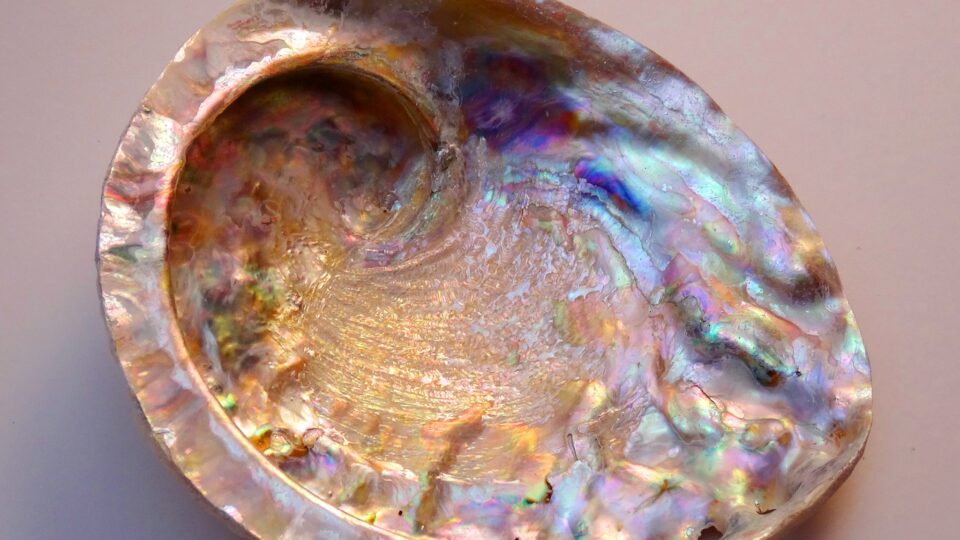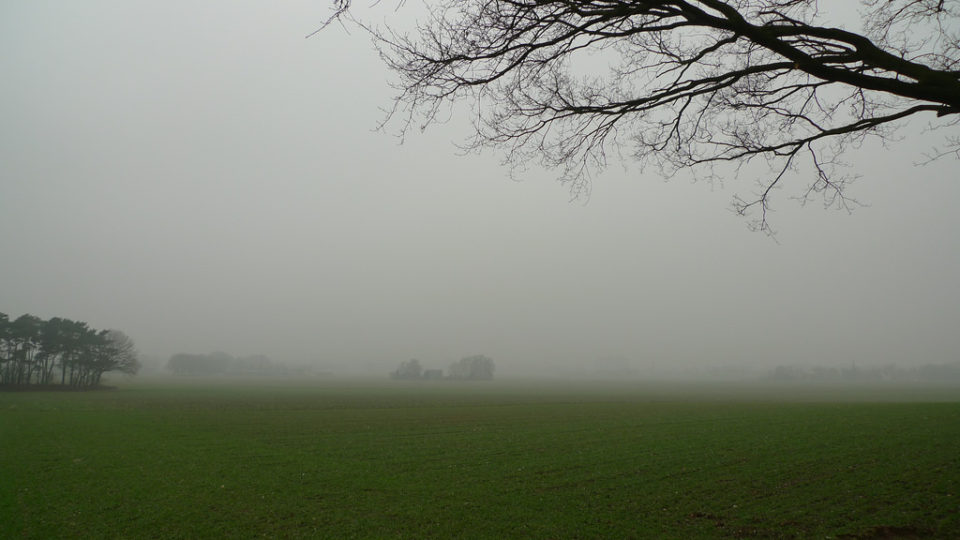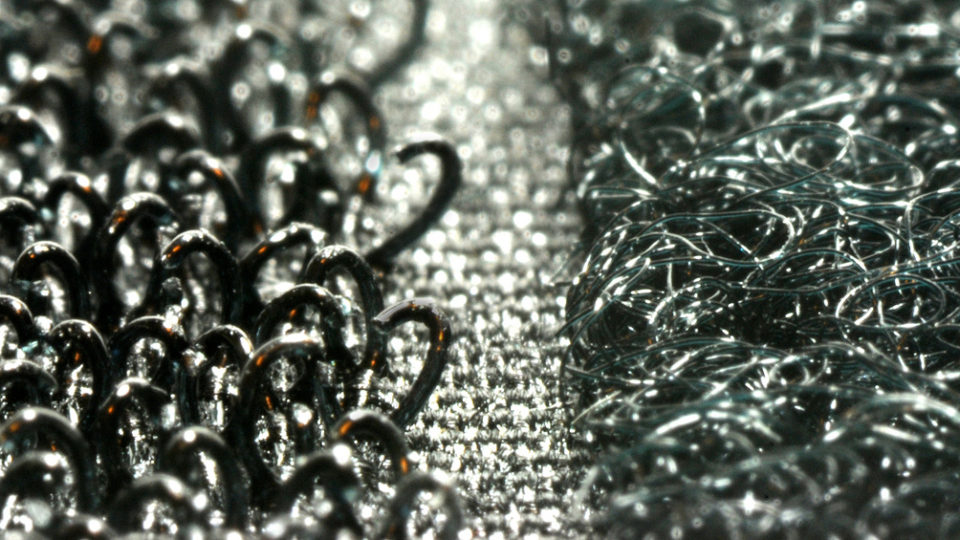Mother of pearl – also known as nacre – is a natural material found in certain seashells such as those of oysters and abalone. On the microscopic level, it consists of hexagonal tablets of the hard mineral aragonite glued together by a soft biopolymer. The aragonite gives nacre its strength, and the biopolymer adds flexibility and crack resistance.
Scientists at Princeton University have developed innovative composite materials inspired by nacre by utilizing conventional construction materials like Portland cement paste combined with a limited amount of polymer. The new material consists of alternating layers of cement paste sheets with the highly stretchable polymer polyvinyl siloxane.
The materials were subjected to bending tests to evaluate crack resistance or fracture toughness. Three different versions of the material were tested that used different ways of interposing the polymer layers. The new materials were compared with similar structures composed entirely of cement.
The concrete-only samples were brittle, breaking suddenly and completely upon reaching their failure point. The samples with alternating cement and polymer layers demonstrated increased ductility and resistance to cracking.
By fully mimicking the structure of nacre – using completely separated hexagonal cement tablets – the researchers demonstrated materials with 19 times the ductility and 17 times the fracture toughness of cement while retaining nearly the same strength as solid cement samples.
Engineered materials inspired by nature could eventually help increase the durability of a wide range of brittle ceramic materials, from concrete to porcelain.
**********
Web Links
From seashells to cement, nature inspires tougher building material
Photo, posted January 2, 2016, courtesy of Yantra via Flickr.
Earth Wise is a production of WAMC Northeast Public Radio



